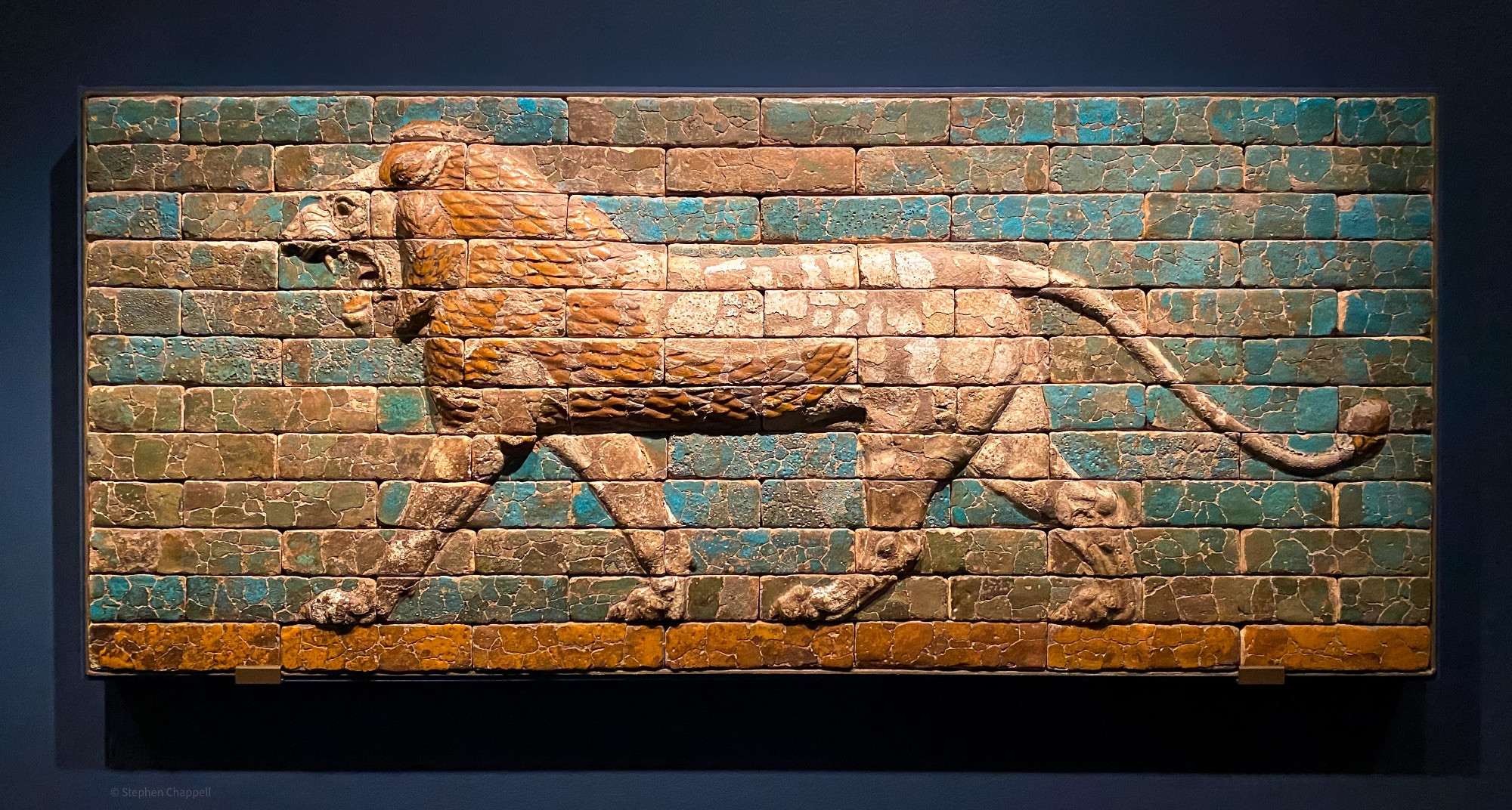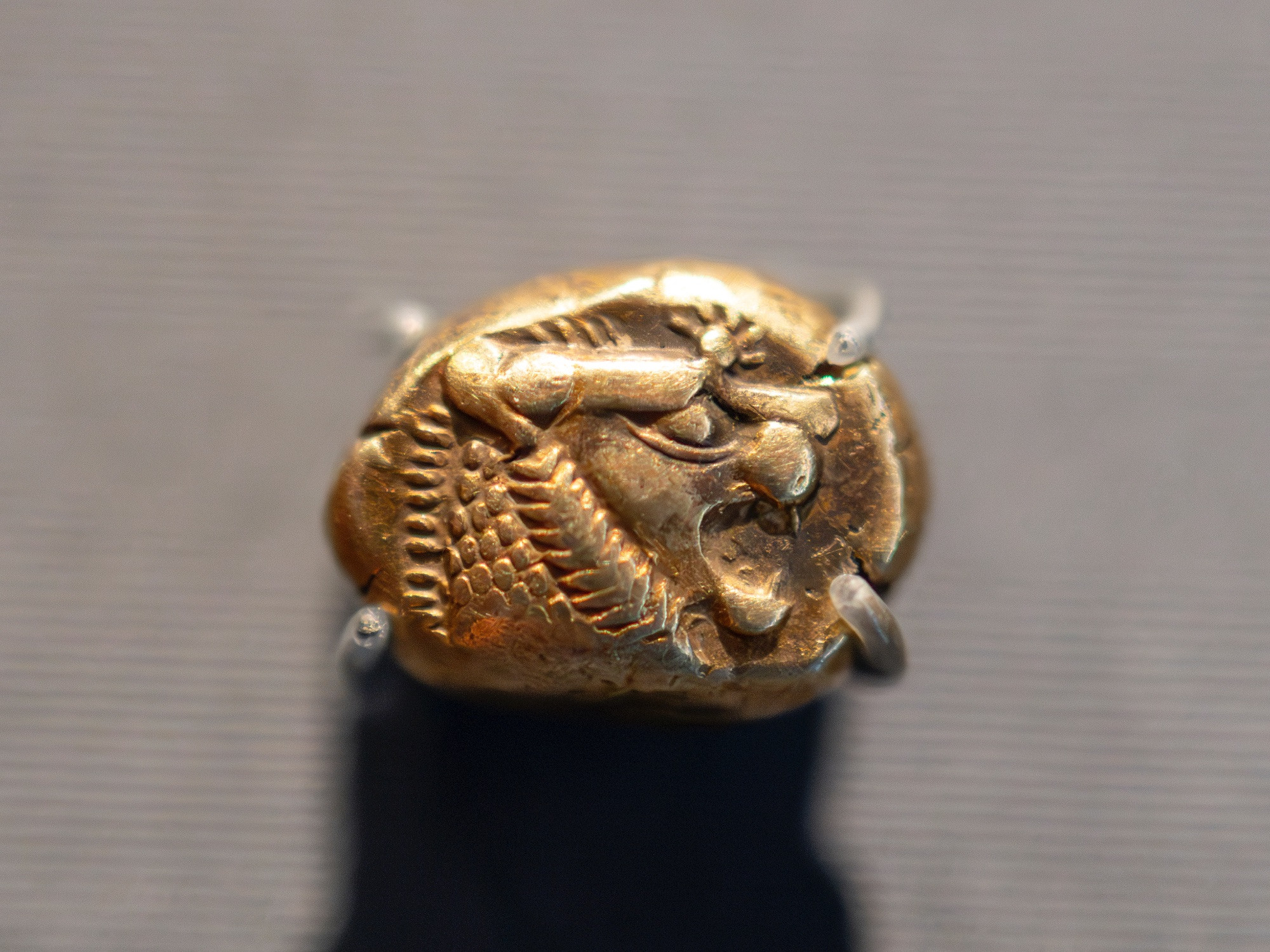For those of you who celebrate it - and even for the weirdos who don’t! - here’s some gorgeous ancient art in celebration of #WorldLionDay. 😉 🦁 🏺
Info in the ALT text, all available for download in high res on my Flickr account at www.flickr.com/photos/chapp....
📸 me



